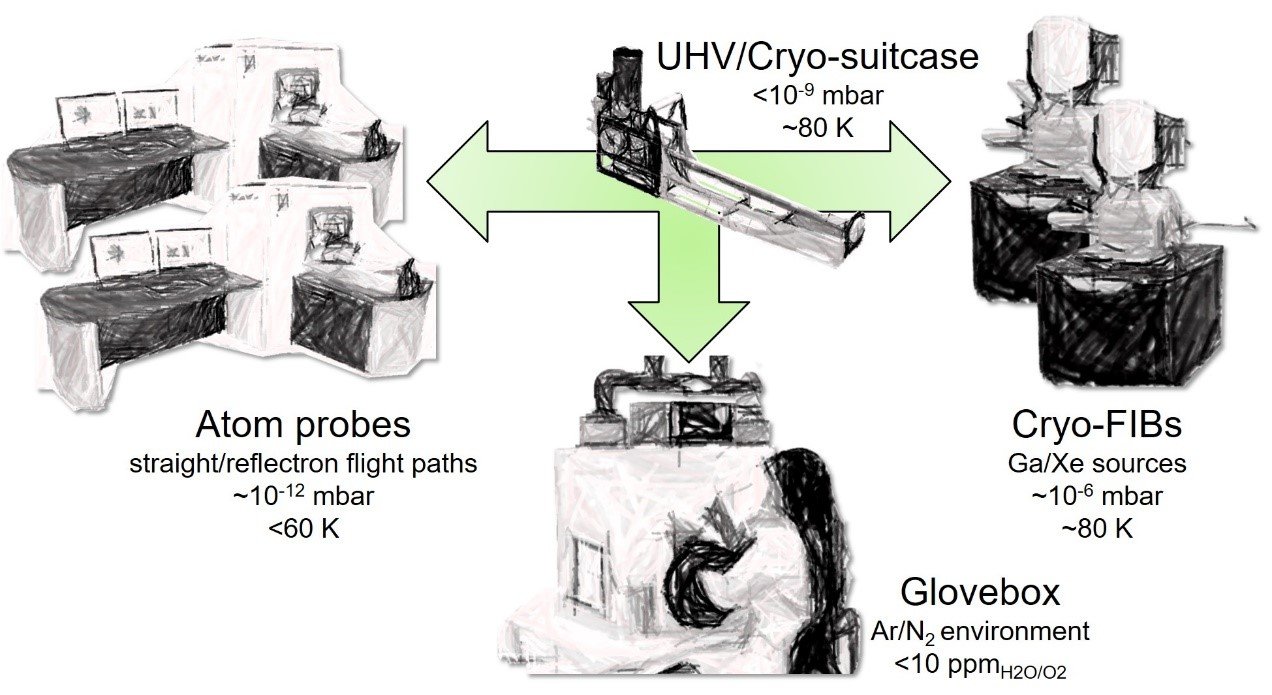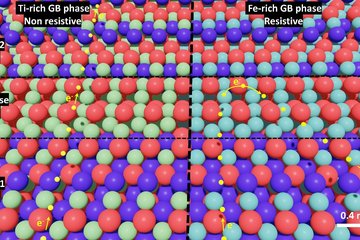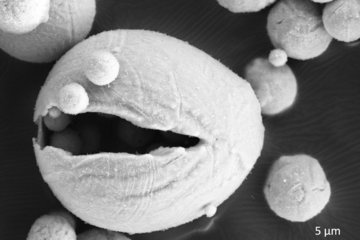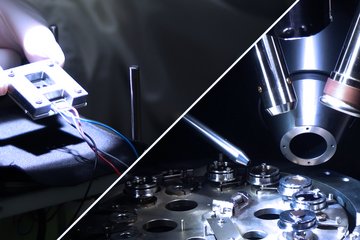Cryo atom probe tomography for energy materials
To advance the understanding of how degradation proceeds, we use the latest developments in cryo-atom probe tomography, supported by transmission-electron microscopy. The results showcase how advances in microscopy & microanalysis help bring novel insights into the ever-evolving microstructures of active materials to support the design of better materials.
Atom probe tomography (APT) is an enabling characterization technique for mapping the elemental distribution in nanostructured materials due to its unique combination of 3D capability, sub-nanometer spatial resolution, and ppm-level detection sensitivity for all elements irrespective of their mass and compositions. Since 2006 when the first commercial atom probe was developed, it has been widely applicable in various applications: geoscience, material science, and burgeoning bioscience. In our group, we have recently developed a new technique of cryogenic APT for the fields of air- and beam-sensitive battery and energy materials. The materials are prepared inside a N2/Ar glovebox and plunge-freeze in dry liquid N2. Subsequently, the sample is transferred into a SEM/FIB by using the cryogenically-cooled, ultra-high-vacuum suitcase. After APT specimens of the materials are prepared at cryogenic temperature, the specimens are quickly loaded onto a cryogenic UHV suitcase and transferred to atom probe analysis stage for analysis.

The evolutions of structure and composition of energy materials are carefully investigated using cryo-APT. For instance, a bulk Na sample used for a future sodium-ion battery electrode was sliced into a small lamella and sharpened into a needle-like atom probe specimen. The uncontrollable ion-beam milling behavior of the low-melting-point alkali metal was suppressed. Across the acquired datasets, the Na bulk chemical fluctuation and adsorbed hydrogen concentration were investigated successfully.














